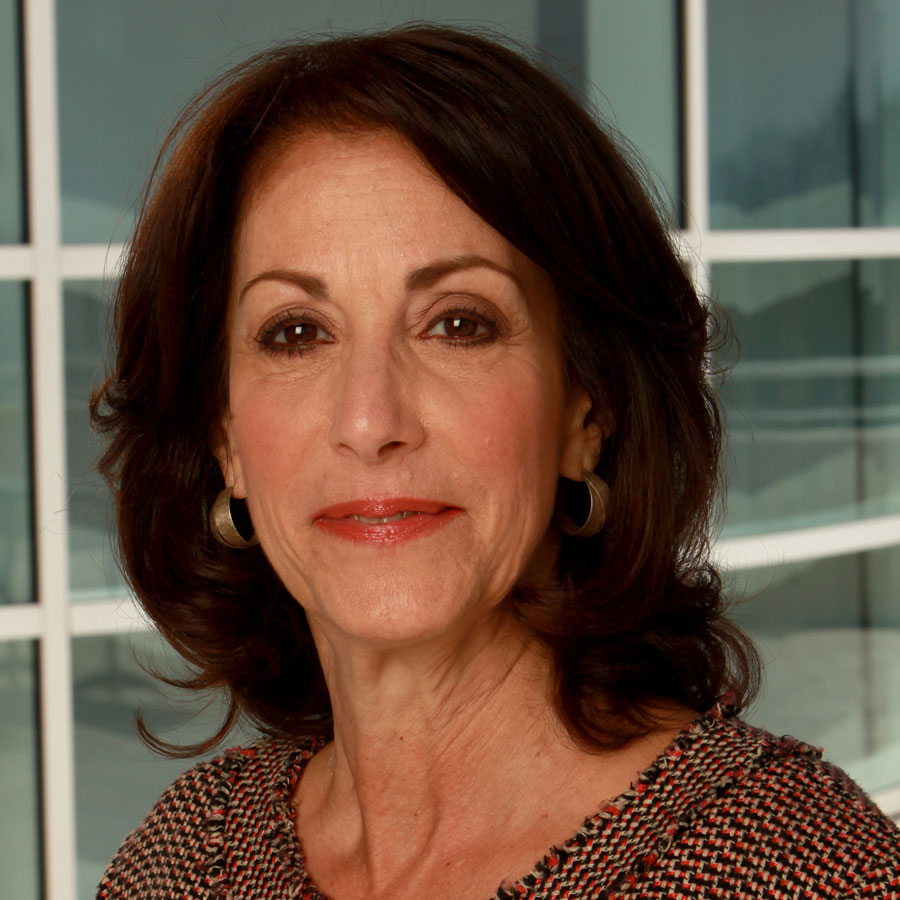Foreword
When we launched the Getty Multicultural Undergraduate Internship program in 1993, the times were not unlike the current moment—a period of profound awakening about systemic racism and its impact on people of color. The beating of Rodney King and the resulting civil unrest in 1992 brought widespread visibility to deep-seated inequities in Los Angeles and generated a city-wide reckoning on race. Deborah Marrow, director of the Getty Foundation at the time, responded by committing Getty to change. She believed deeply that we could begin to address issues of diversity and equity within our sphere of influence—the visual arts—and so worked closely with staff to develop the initiative we recently renamed in her honor, the Getty Marrow Undergraduate Internship program.
The goal of the program is to diversify the staff of museums and visual arts organizations to better reflect the communities they serve—an imperative in a region that has long enjoyed a majority-minority population. The primary strategy is to provide paid full-time summer internships in Los Angeles to college students from cultural backgrounds traditionally underrepresented in museums and visual arts organizations, introducing them to careers in the arts. What started as a response to racial injustice has become the largest and longest-standing diversity internship program in the visual arts in the United States.
While the field has adopted many paths to creating a more diverse and equitable cultural sector, the Foundation chose internships because we believe they offer transformational educational experiences that ignite and excite the career imaginations of participants. We have seen the fruit of this decision. Approximately one-third of all Getty Marrow interns have gone on to work in the arts—a remarkable percentage given that prior work experience or educational background in the arts is not required. Almost all of those who now work in the arts attribute their career decision to the internship program. And internships are diversifying the sector in other unexpected ways. For instance, 80% of alumni regularly attend cultural institutions and 45% have joined arts organizations as members as a result of participating in the Getty Marrow program.
Since 1993, we have dedicated over $14 million to support more than 3,200 interns. Over the years, we have also learned that internships require much more than funding to be successful. The achievements of the Getty Marrow program are the direct result of host organizations that are committed to championing diversity, and dedicated supervisors who shape meaningful work experiences each year. It is gratifying to see the growing ranks of Getty Marrow alumni who now serve as supervisors themselves, giving back to the program. We are particularly grateful to alumni who have encouraged us to strengthen aspects of the program, including training for supervisors in culturally responsive mentoring and offering anti-racism training in which interns and supervisors learn together.
The police killings of Trayvon Martin, Eric Garner, Michael Brown, Freddie Gray, Philando Castile, George Floyd, Breonna Taylor and so many others and the ensuing calls for justice have made it starkly apparent that our social systems still need fundamental change. Even as our sector faces an economic crisis and field-wide job losses, cultural organizations of all sizes must work with intention to combat structural racism and pioneer change, particularly if we want it to return stronger and more equitable in the future. The internship program is an important step towards diversifying the staff of museums and visual arts organizations, but it alone is not enough.
There are positive signs that we are on the cusp of a new era of institutional readiness. Across Los Angeles and the country, cultural workers are increasingly demanding more equitable and transparent hiring, compensation, and promotion practices, along with radically new approaches to art collecting and interpretation. And many funders and arts institutions, including Getty, are deepening their commitments to diversity, equity, access, and inclusion with plans made public and intentions to hold themselves accountable. We stand the best chance of achieving these goals if we work together in collaboration.
As we look ahead, the Getty Foundation understands that we need to rededicate our efforts if we expect to see lasting, transformational change. Internships are just one pathway to change, but they are a powerful one. This data-driven report reveals the ways, both big and small, personal and professional, that internships can spark a lifelong interest in and commitment to the arts. And at the end of the day, it is the interns themselves who will transform our cultural institutions with their sense of purpose and passion. We are grateful for all that they contribute to the field and remain committed to helping them pursue careers in the arts.
- Joan WeinsteinDirectorGetty Foundation
